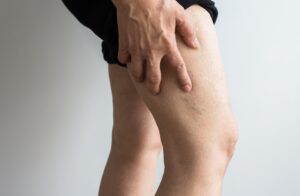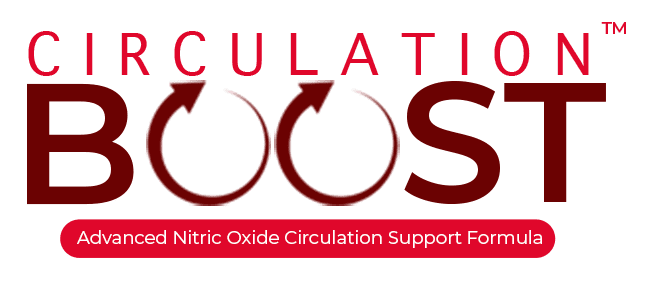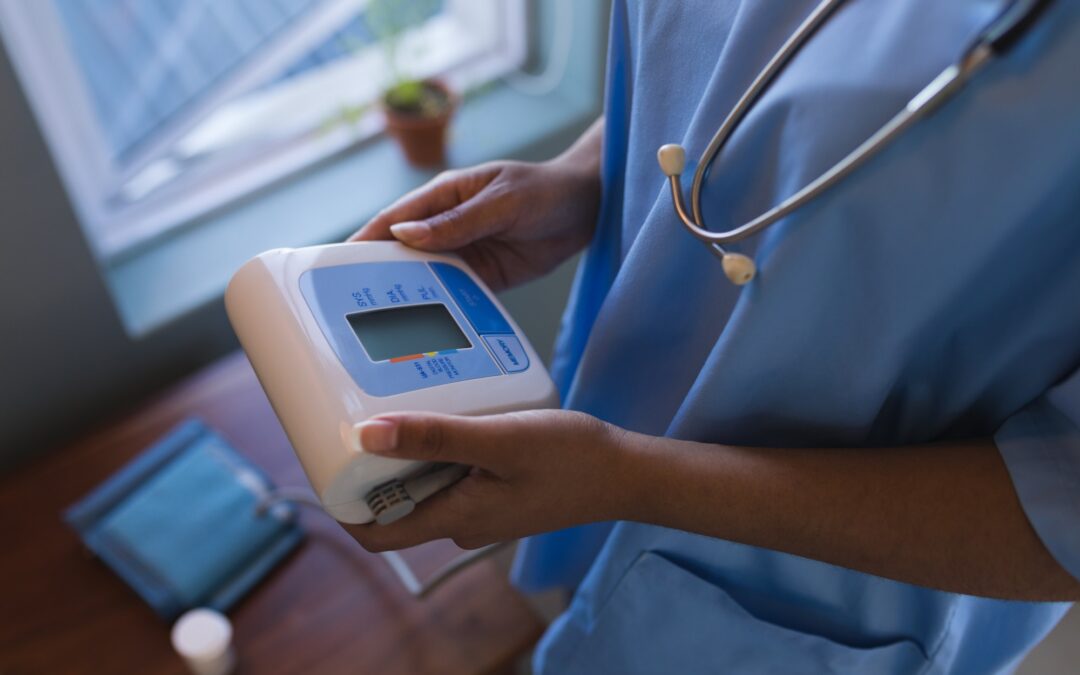Poor circulation can lead to a variety of problems – but how do you check circulation? Find out how to diagnose and treat poor circulation.
There are multiple symptoms associated with poor circulation including numbness and tingling in the hands and feet. To receive the best treatment for the condition, you have to figure out the cause.
The following explores symptoms of poor circulation, how to diagnose it, and treatment options.
Poor Circulation Symptoms
While symptoms may not always be obvious, they could be signs of a severe condition. If you experience any of the following symptoms, consult a doctor and determine if you have circulation issues.
 Varicose Veins
Varicose Veins
If you have varicose veins, you may experience poor circulation as it makes it harder for blood to circulate. Moreover, this can result in symptoms such as aches, heaviness, swelling, and itchiness in the legs.
Numbness and Tingling
A feeling of numbness and tingling in the extremities can be a sign of poor circulation. Because blood is restricted from flowing properly, it cannot effectively reach your hands and feet.
Cold Extremities
Besides a feeling of pins and needles, the reduced blood flow can make your hands and feet get cold. These temperature fluctuations in the skin and nerve endings happen because blood cannot flow efficiently.
Swelling
One symptom of poor circulation is fluid accumulation on certain parts of the body, a condition called edema. It generally affects the legs, ankles, and feet and can also happen as a result of blood pooling around those areas.
Cognitive Dysfunction
Besides affecting your heart health, poor circulation can impact brain function, resulting in memory loss and concentration issues. These problems are a result from reduced blood flow to the brain and certain blood pressure changes.
How to Diagnose Poor Circulation
The best way to officially determine if you have circulation problems is to get a diagnosis from your doctor. To make the diagnosis, they will consider various factors such as symptoms, risk factors, related conditions, medical history, and more.
In addition, they may order tests that include blood sugar testing for diabetes and blood tests to detect inflammatory conditions. Other tests include an ultrasound or CT imaging to check for clots and examine blood vessels and checking for PAD.
Any effective treatments will depend on what’s causing circulation. However, adopting healthy lifestyle practices are generally helpful like losing weight, eating healthy, and quitting smoking.
You can also wear compression stockings to manage inflammation and pain in the legs. Additionally, certain exercise programs are made specifically for improving blood flow and circulation.
Treating Poor Circulation
While effective treatments will largely depend on the specific cause of poor circulation, some general tips can help everyone. For example, regular exercise and eating a healthy diet can improve blood pressure in just about everyone.
Another thing you can do is take circulation supplements like Circulation Boost. It works by using l-arginine, l-citrulline, and key vitamins and minerals that increase nitric oxide and improve blood flow.
Try Circulation Boost along with other healthy practices if you want to give your circulation a necessary boost.

